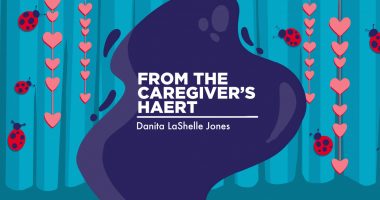Long-term Haegarda Found to Improve Quality of Life in HAE Patients

Long-term treatment with the approved therapy Haegarda leads to improved quality of life in people with type 1 or 2 hereditary angioedema (HAE), new clinical trial data show.
The findings were published in the Orphanet Journal of Rare Diseases, in a study titled “Long-term health-related quality of life in patients treated with subcutaneous C1-inhibitor replacement therapy for the prevention of hereditary angioedema attacks: findings from the COMPACT open-label extension study.” The study was funded by CSL Behring, which makes Haegarda.
HAE types 1 and 2 are caused by the lack of a functional C1-inhibitor (C1-INH) protein, which ultimately causes swelling. Haegarda, which can be self-administered, is a C1-INH replacement medication — it contains plasma-derived C1-INH — that can be given by under-the-skin (subcutaneous) injection.
It’s designed to prevent HAE attacks.
In the U.S., Haegarda is approved for the preventive (prophylactic) treatment of HAE in individuals ages six and up. The medication also recently became available in Quebec, Canada.
The safety and efficacy of Haegarda were demonstrated in the COMPACT Phase 3 clinical trial (NCT01912456), which showed that the treatment could substantially reduce the rate of swelling attacks in people with HAE types 1 and 2.
Participants who completed COMPACT could enroll in its open-label extension study (NCT02316353); this extension study also enrolled some people who had not participated in the original COMPACT study.
Overall, 126 people with type 1 or 2 HAE were involved in the extension. Half of the participants received Haegarda at a dose of 40 international units per kg (IU/kg) twice weekly, while the rest were given a dosage of 60 IU/kg twice weekly. Of note, 60 IU/kg is currently the approved dose.
Most of the participants were female (60.3%), white (96.0%), and had type 1 HAE (89.7%). Their mean age was 40.5, with 10 participants between the ages of 8 and 16.
Previously-reported results from the extension study demonstrated that the treatment reduced the rate of swelling attacks by 97-98% in children and adults.
In the new study, researchers from CSL Behring and other institutions analyzed the treatment’s effect on quality of life measures.
Prior to the extension trial, the participants’ scores on the European quality of life-5 dimensions Questionnaire (EQ-5D) — a subjective assessment of health — were slightly higher (better) than in the general U.S. population.






